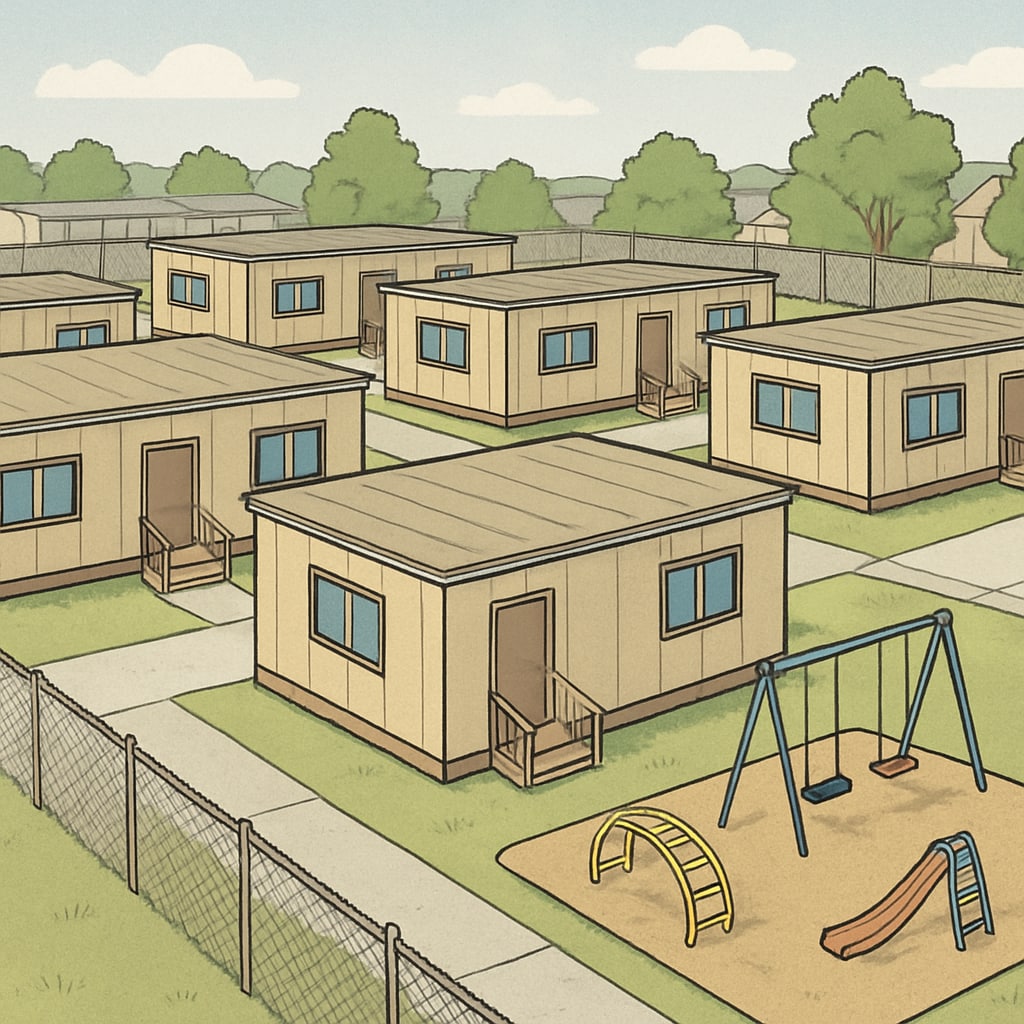When primary schools undergo reconstruction, the temporary campus environment often presents significant challenges for students and parents alike. Limited space, reduced access to essential facilities, and restricted opportunities for parent involvement can profoundly affect a child’s learning experience and overall well-being. This article explores these challenges and offers actionable strategies to ensure that children continue to receive a complete and enriching education during this transitional period.

How Temporary Campuses Impact Students’ Learning Experiences
Temporary school campuses are often characterized by smaller spaces, fewer facilities, and a less familiar environment. For young students, these changes can create feelings of uncertainty and disrupt their routines. A smaller campus may mean limited outdoor play areas, fewer specialized classrooms, and overcrowded learning spaces, which can negatively impact students’ academic and social development.
In addition, the absence of key facilities, such as science labs, libraries, or art rooms, can hinder the delivery of a well-rounded curriculum. For example, hands-on learning experiences that rely on specific resources may need to be adapted or even postponed. This can leave students feeling disengaged or frustrated, especially if their favorite activities are no longer available.
The Role of Parents in Maintaining Stability
Parent involvement is a cornerstone of a child’s educational success. However, during campus reconstruction, opportunities for parents to engage with the school community may diminish. Limited parking, restricted campus access, or a lack of designated spaces for parent-teacher meetings can make it harder for families to stay involved.
Moreover, parents may feel disconnected from the school’s decision-making processes during this period of change. This can lead to frustration and a sense of helplessness, which may inadvertently affect their ability to provide emotional support to their children. As a result, maintaining open communication between schools and families becomes even more critical.

Strategies for Supporting Students and Families
To mitigate the challenges posed by temporary campuses, schools and parents can work together to create a supportive environment. Here are some practical strategies:
- Prioritize Communication: Schools should provide regular updates on the reconstruction process, including timelines and any changes to daily routines. Clear communication can help parents feel more engaged and informed.
- Create Flexible Learning Opportunities: Teachers can adapt lessons to make the most of available resources, such as using outdoor spaces for science experiments or leveraging digital tools for creative projects.
- Encourage Parent-Led Initiatives: Schools can invite parents to volunteer in areas where they can make a difference, such as organizing extracurricular activities or setting up temporary libraries.
- Support Emotional Well-being: Parents should regularly check in with their children to address any concerns or anxieties. Schools can also offer counseling services or peer support programs to help students adjust.
Looking Ahead: Building Resilience Through Change
While temporary campuses can be challenging, they also offer opportunities for growth and resilience. By fostering strong partnerships between schools, students, and parents, the community can navigate these changes more effectively. Open dialogues, creative problem-solving, and a focus on well-being will help ensure that children continue to thrive, even in less-than-ideal circumstances.
Ultimately, the goal is to preserve the integrity of the educational experience while preparing for a brighter future with improved facilities. By addressing the unique needs of students and families during this transition, schools can lay the groundwork for long-term success.
For more information on the impact of school environments on learning, visit authoritative resources such as School Environment on Wikipedia or Education on Britannica.
Readability guidance: This article uses short paragraphs and clear transitions to enhance readability. Lists are included to summarize key points, and long sentences and passive voice are minimized.


